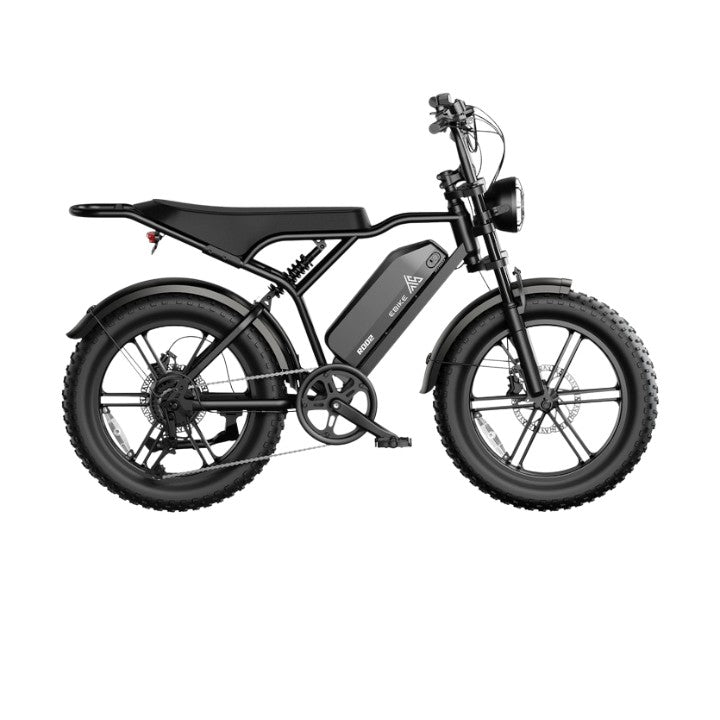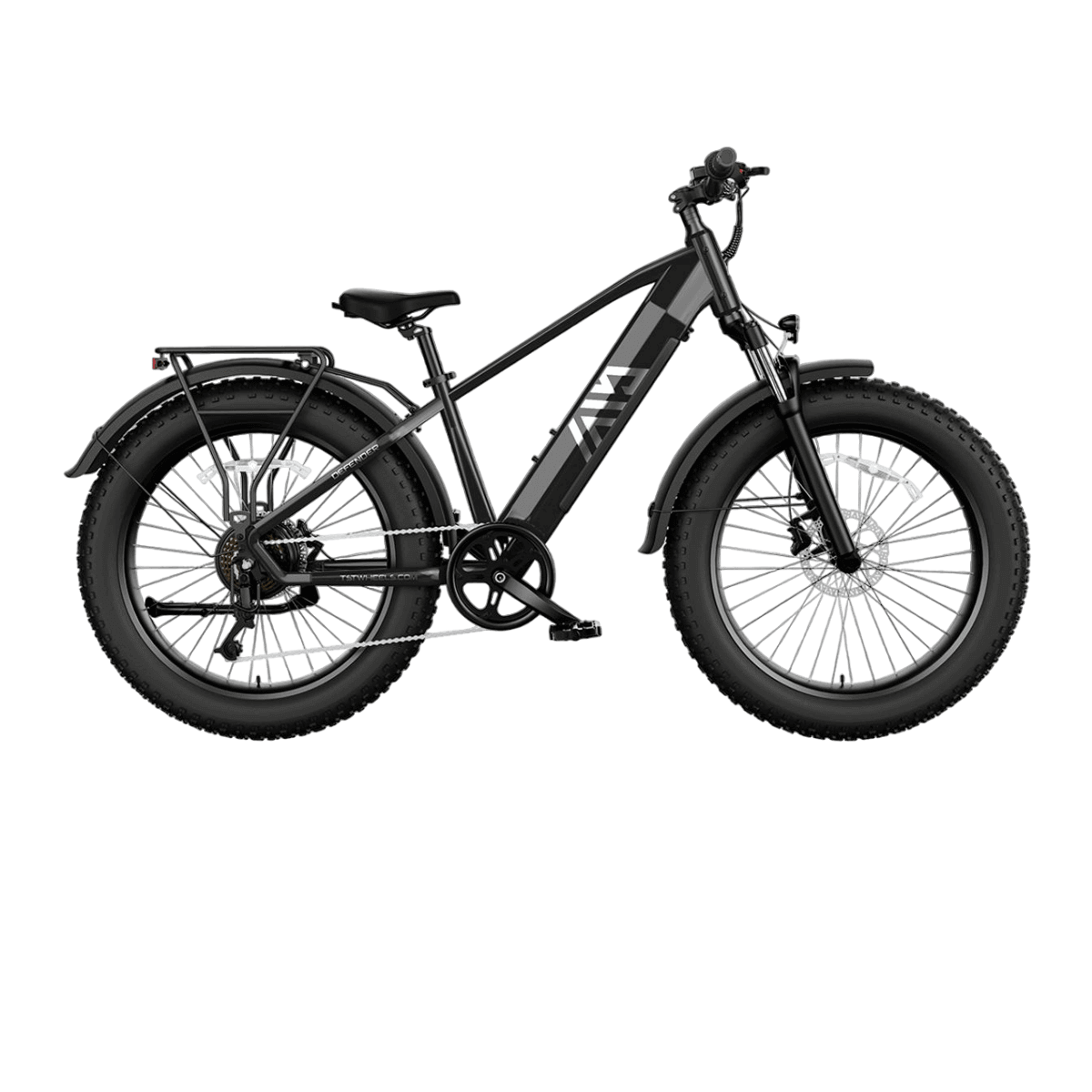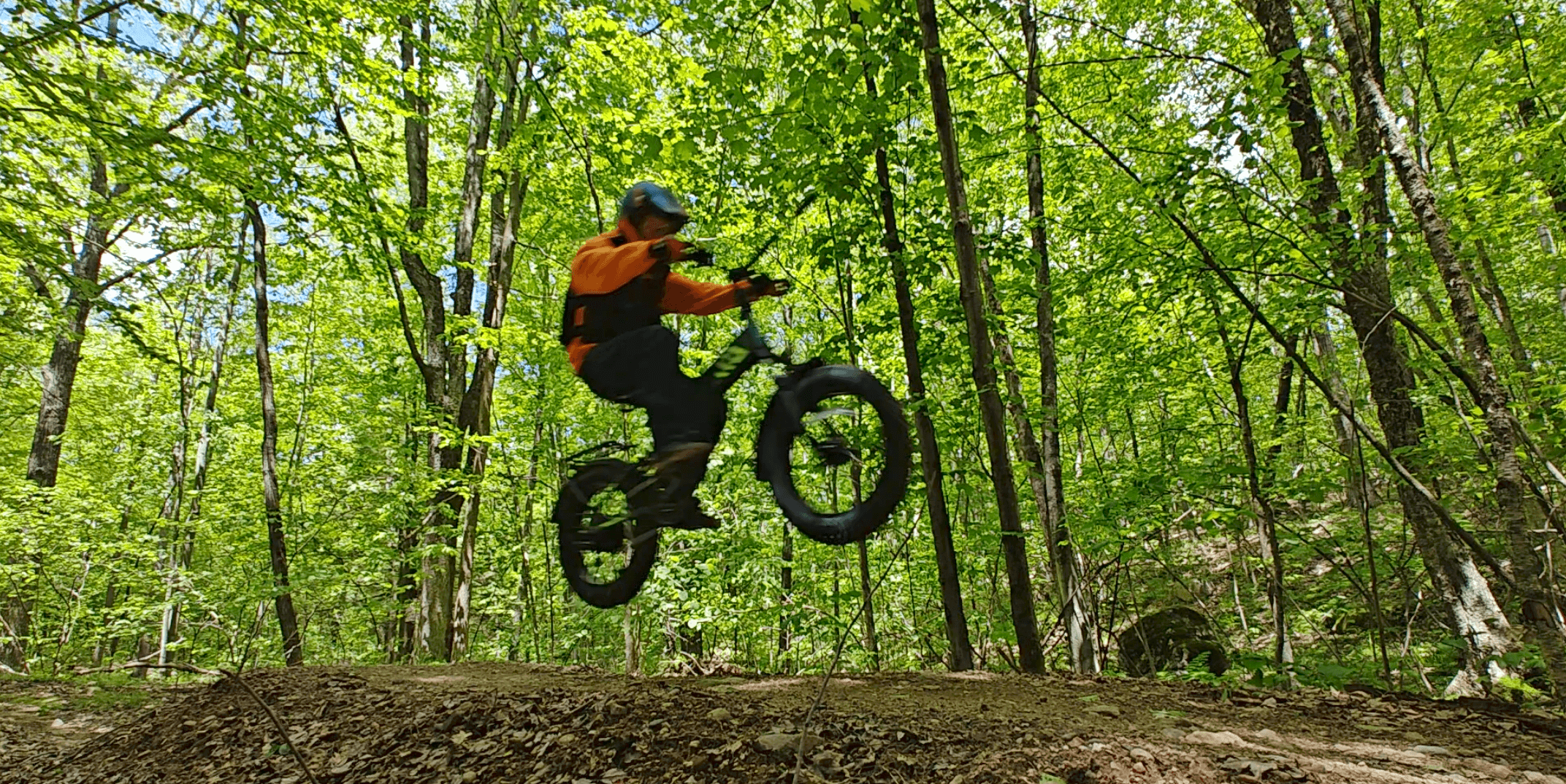E-bikes revolutionize food delivery by offering faster, more efficient rides with lower operating costs and less physical strain. Models like TST EBike’s 26-inch and 27-inch deliver powerful motors, long battery life, and versatile designs that help riders navigate urban traffic and hilly terrain effortlessly, making e-bikes the top choice for modern delivery professionals.
How Do E-Bikes Improve Delivery Efficiency and Speed?
E-bikes combine electric motor assistance with bicycle agility, allowing delivery riders to bypass traffic congestion, use bike lanes, and take shortcuts inaccessible to cars or motorcycles. This results in faster delivery times, with studies showing up to 30% reduction in delivery duration. The electric assist maintains consistent speeds, especially uphill or when carrying heavy food loads, enabling riders to complete more deliveries per shift.
What Cost Savings Do E-Bikes Offer Compared to Traditional Delivery Vehicles?
E-bikes cost significantly less than cars or motorcycles in purchase price, maintenance, insurance, and fuel. They run on electricity, which is cheaper and cleaner than gasoline. Reduced mechanical complexity means fewer repairs and longer lifespan. For delivery businesses and riders, this translates into substantial savings, helping improve profitability and reduce environmental impact.
Cost Comparison Chart
| Expense Type | Car/Motorcycle Cost | E-Bike Cost | Savings |
|---|---|---|---|
| Purchase Price | High | Moderate | Significant |
| Fuel/Electricity | High | Low | Up to 90% |
| Maintenance | Frequent, costly | Minimal, affordable | Considerable |
| Insurance | Required, costly | Often lower or none | Substantial |
Why Are E-Bikes More Comfortable and Health-Friendly for Delivery Riders?
E-bikes reduce physical strain by providing pedal assistance, allowing riders to expend less energy while still getting exercise. This helps prevent fatigue and overexertion during long shifts. The ergonomic design of models like TST EBike’s 26-inch and 27-inch ensures comfortable posture, reducing aches and improving endurance. Healthier riders mean fewer sick days and higher productivity.
Which TST EBike Models Are Best Suited for Food Delivery?
- 26-inch TST EBike Model: Featuring a powerful 1300W motor and fat tires, this model excels on rough urban terrain, hills, and uneven roads, providing stability and power for demanding delivery routes.
- 27-inch TST EBike Model: Equipped with a 1000W motor and mountain tires, it offers speed and agility for city commuting and mixed terrain, ideal for quick, efficient deliveries.
Both models support long battery ranges (48V, 15-20Ah) and durable frames, ensuring reliability for daily delivery demands.
TST EBike Delivery Model Comparison Chart
| Feature | 26-inch Model | 27-inch Model |
|---|---|---|
| Motor Power | 1300W | 1000W |
| Tire Type | Fat tires | Mountain tires |
| Terrain Suitability | Rough urban, hills | Urban, mixed terrain |
| Battery Capacity | 48V 15-20Ah | 48V 15-20Ah |
| Ideal Use | Heavy-duty delivery routes | Fast city deliveries |
How Do E-Bikes Enhance Environmental Sustainability in Delivery?
E-bikes produce zero tailpipe emissions, reducing air pollution and carbon footprint compared to fuel-powered vehicles. Their quiet operation decreases noise pollution in urban areas. Using e-bikes for delivery supports greener logistics, aligning with growing consumer demand for sustainable business practices.
What Are the Maintenance and Repair Advantages of E-Bikes for Delivery?
E-bikes have simpler mechanics than motor vehicles, with fewer parts prone to failure. This reduces downtime and repair costs. TST EBike models are designed for easy servicing, with accessible components and strong quality control, ensuring delivery riders spend more time on the road and less in the shop.
Buying Tips
When selecting an e-bike for food delivery, consider:
- Motor power and tire type: The 26-inch TST EBike with 1300W motor and fat tires suits rough terrain; the 27-inch model with 1000W motor fits urban deliveries.
- Battery range: Choose batteries with 15-20Ah capacity for extended shifts.
- Comfort and ergonomics: Look for adjustable seats and handlebars for long rides.
- Cargo capacity: Ensure compatibility with racks or delivery bags.
- Maintenance ease: Select models with accessible components and strong support like TST EBike.
- Budget: Balance cost with features and durability for best value.
Compared to Cars
E-bikes are more agile in urban environments, allowing delivery personnel to bypass traffic and access areas inaccessible to cars. They eliminate fuel costs, reduce maintenance expenses, and avoid parking fees. Their compact size enables quicker deliveries and easier parking, enhancing overall efficiency.
1. Lower Cost
2. Environmentally Friendly
3. Flexibility
Compared to Traditional Bicycles
E-bikes provide electric assistance, reducing physical strain and enabling faster deliveries over longer distances. They are particularly advantageous in hilly areas and during extended shifts, offering increased range and cargo capacity. This assistance leads to reduced fatigue and the ability to complete more deliveries.
1. Speed and Efficiency
2. Greater Range
Potential Issues
E-bike delivery faces challenges such as battery life limitations, especially on longer routes. Adverse weather conditions can affect performance and rider comfort. Additionally, maintenance costs, including battery replacement and repairs, can accumulate over time. Proper planning and maintenance are essential to mitigate these issues.
1. Weather
2. Range
3. Battery Life
What to Pay Attention to When Using E-bikes for Delivery
Ensure the e-bike is well-maintained, with regular checks on brakes, tires, and battery health. Use appropriate gear for varying weather conditions to maintain safety and comfort. Plan routes considering battery range and charging opportunities. Adhering to local traffic regulations and safety protocols is crucial for safe operations.
1. Safety First
2. Prevent Theft
3. Spare Battery
Conclusion












Leave a comment
All comments are moderated before being published.
This site is protected by hCaptcha and the hCaptcha Privacy Policy and Terms of Service apply.